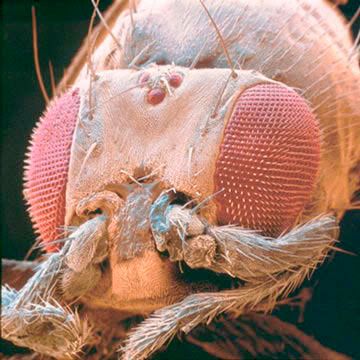Remember the "Gremlins", that were hyped during the early 90's? They were a cuddly and nice mogwai until you gave them water, fed them after midnight or exposed them to sunlight; then they started to clone themselves (groovy!) and became evil little bastards. This movie goes under the genre "comedy-horror" but we who weren't even ten when we saw it for the first time may have missed the "comedy" part. Either way, our parents probably told us that the gremlins weren't for real. This time, our parents were a bit wrong. Because deep in the wild of the Indonesian island of Sulawesi, scientists have re-discovered the pygmy tarsier, which is a gremlin look-a-like. They have been thought to be extinct for a while (last note of their presence where back in 1921), so most likely they are not able to clone themselves (aren't we all suprised). In addition, they live in a very moist habitat with fog all around at all times and appearently, they are not very cuddly because the scientist that found them got bit. Maybee it's the water that made them evil. Or not. BUT they do have something in common with other horror movies, the Exorcist namely. You know when the pea-soup-vomiting-possesed-girl Regan spins her head around 360 degrees? The pygmy tarsier are able to do halv of that (180 degrees, that is...in case your head isn't working today). Very impressive!
Aging Might Not Be Inevitable
1 år sedan








